14 Things You Only Understand If You Grew Up Before Smartphones
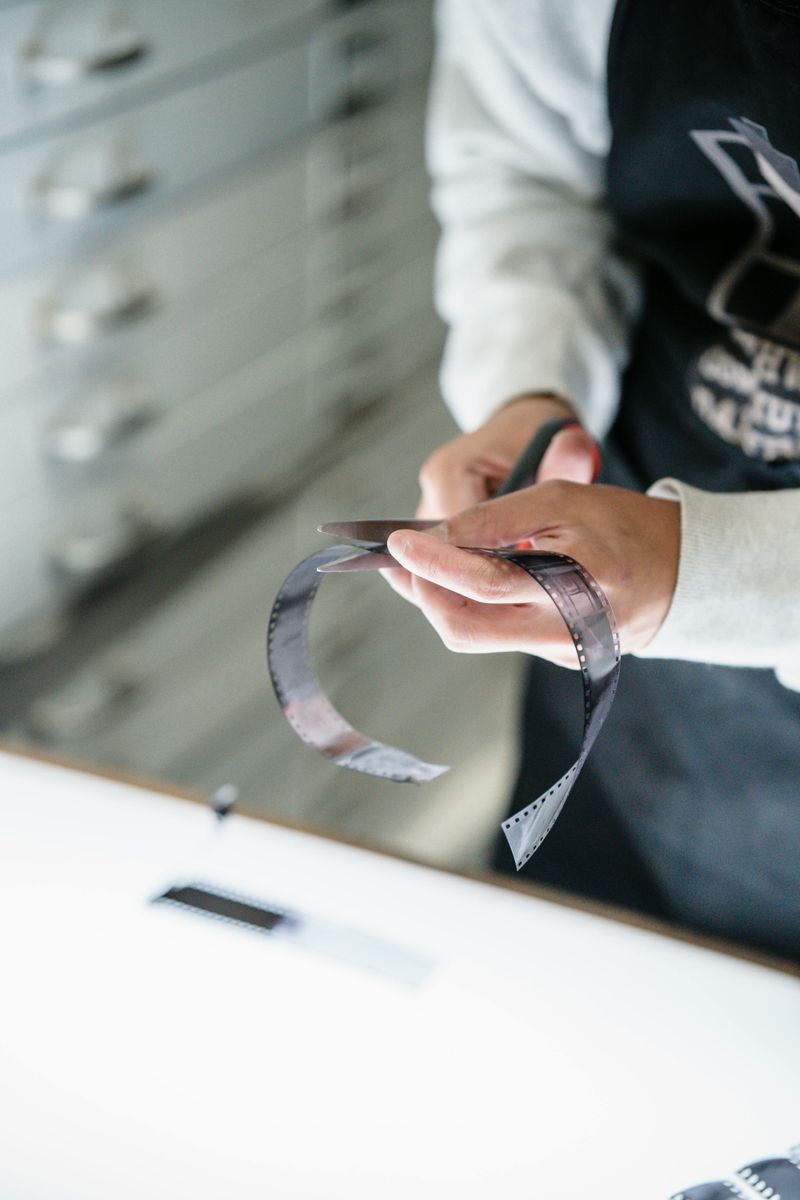
Before smartphones transformed our daily lives, growing up meant navigating a world without instant connectivity. It was a time when patience was more than a virtue; it was a necessity. Whether you were waiting for a friend to call back on a landline or hoping to catch your favorite TV show at its scheduled time, life was paced differently. The experiences shared here are a nostalgic reminder of the analog world, where personal connections were more direct, and creativity often sprang from boredom. Let’s explore the unique quirks and challenges of pre-smartphone childhoods that might seem utterly foreign to today’s digital natives.
1. Calling someone’s house phone and hoping their parent answers
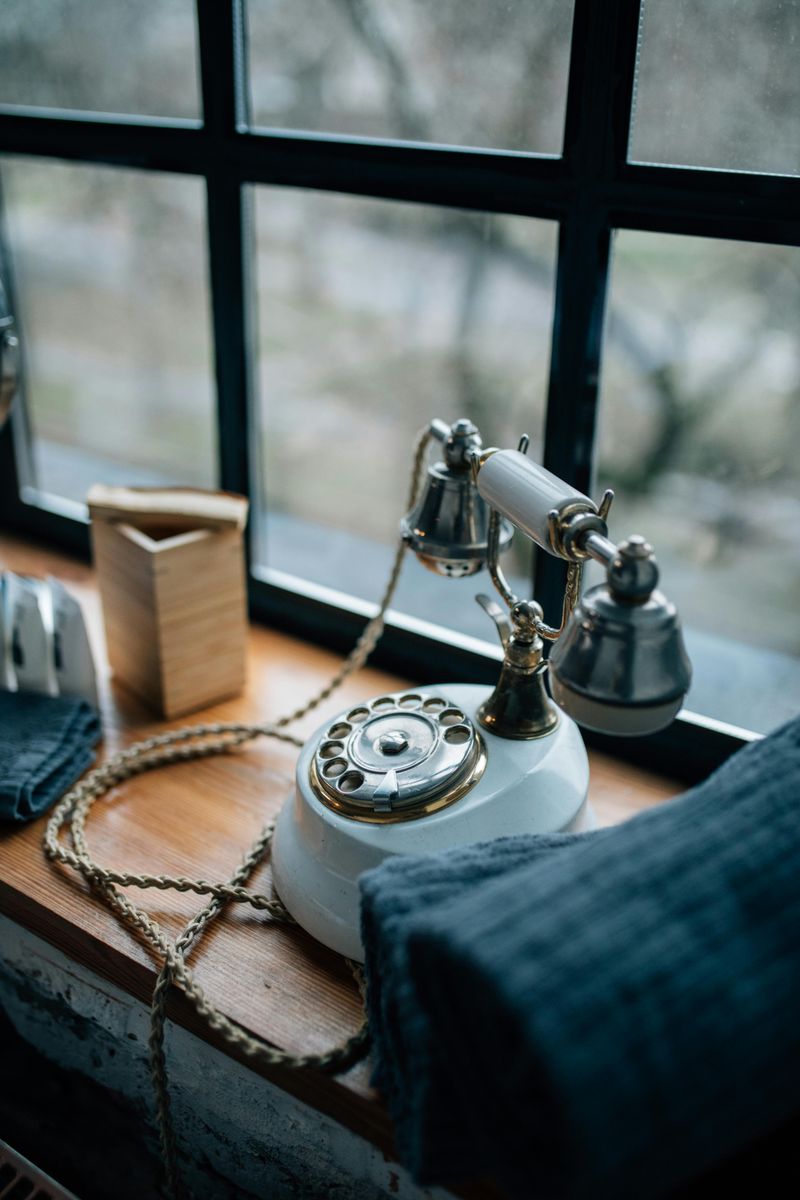
Picking up the phone and dialing a friend’s house was a ritual filled with anticipation. You’d often hope that their parent wouldn’t answer, sparing you the awkwardness of asking to speak with your friend. Instead of direct connections, you’d navigate through family dynamics to have a simple chat.
Busy signals added to the drama, indicating that someone else was already on the line. And if the call was missed, the only option was to try again later. This experience taught patience and the art of conversation from an early age.
2. Memorizing phone numbers (and addresses) by heart
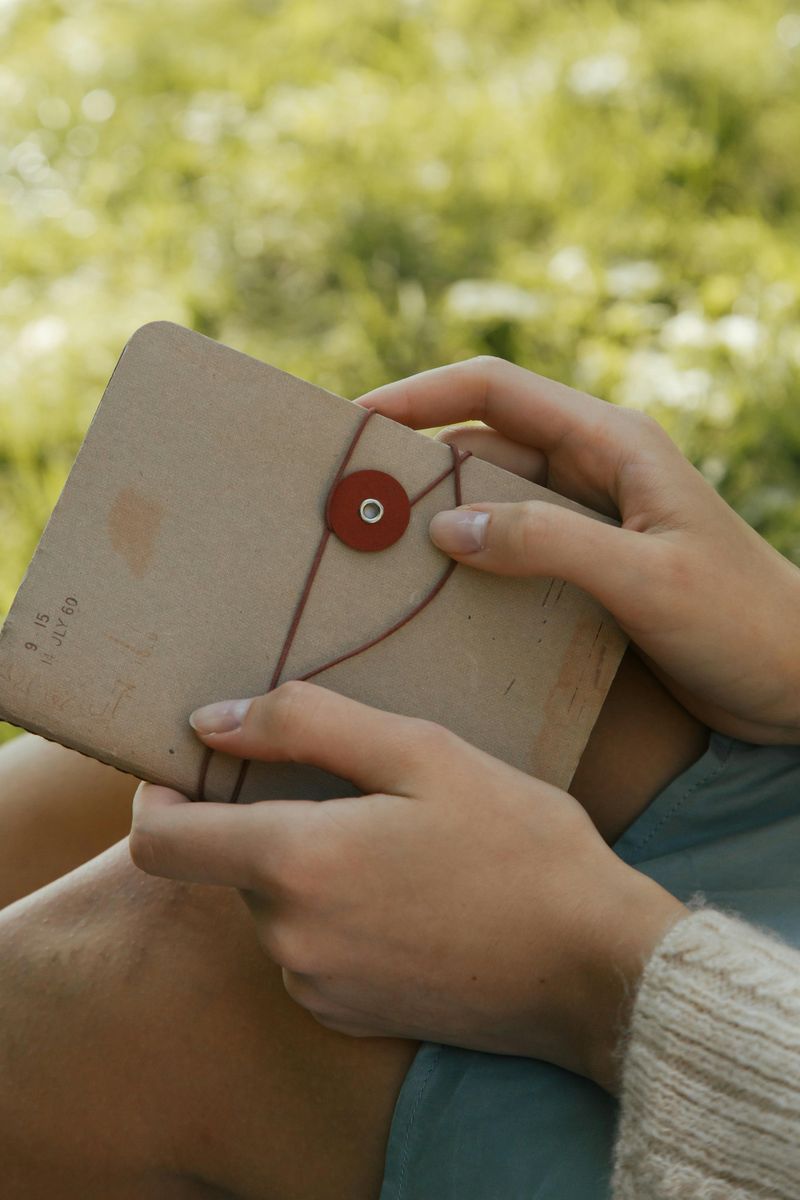
Remembering phone numbers wasn’t just a skill; it was a necessity. Before smartphones, you carried a mental Rolodex of your closest contacts. Friends’ numbers, family, even the local pizza place were all stored in your memory.
This ability extended to addresses too, ensuring you didn’t lose touch. It was an exercise in mental agility and often a point of pride. Though clunky by today’s standards, memorizing numbers was a testament to the human brain’s capacity to adapt and store essential information.
3. Making plans in advance (and showing up at the agreed spot)

Social life required strategic planning. You and your friends would agree on a meeting spot, like the local mall fountain, and an exact time to gather.
There were no last-minute changes with a quick text. If plans shifted, you had to rely on finding each other or using a payphone. This commitment to plans fostered reliability and punctuality, values that shaped friendships and social interactions.
It was a time when showing up meant more than just being present; it was a demonstration of trust and mutual respect.
4. Waiting for film photos to be developed
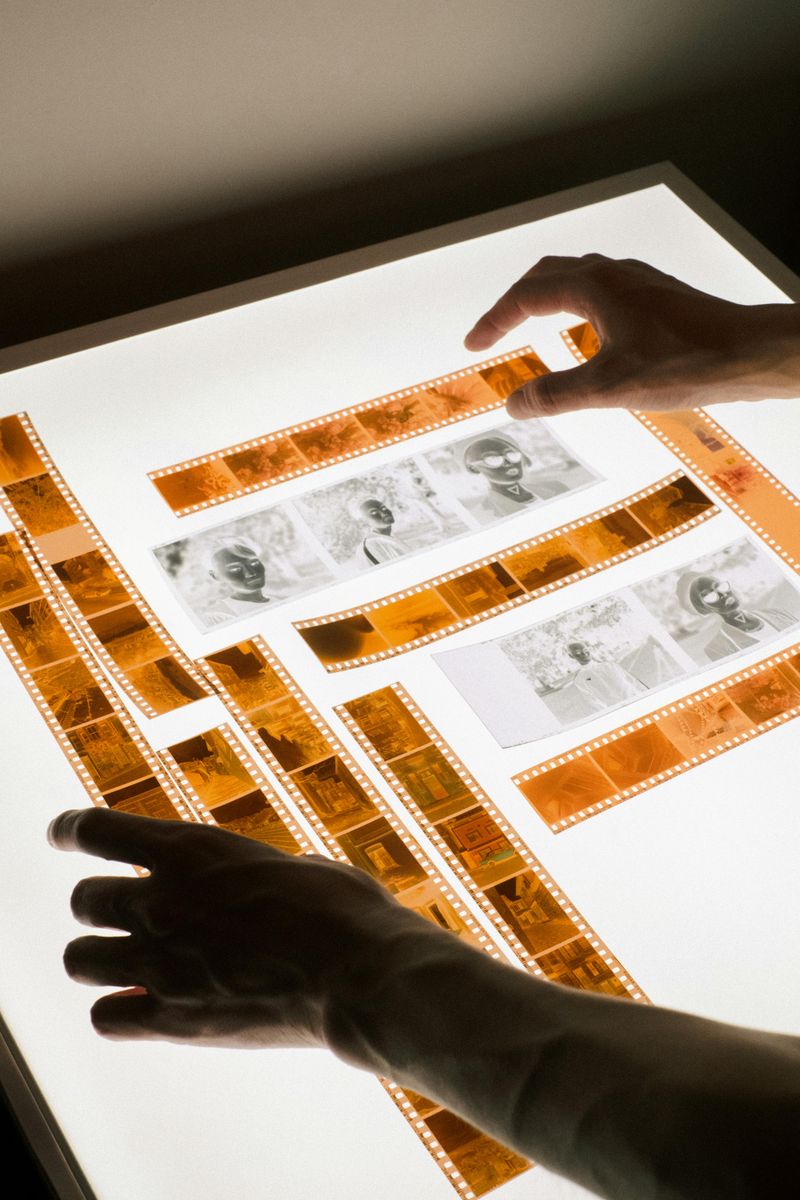
Capturing memories was an art and a waiting game. After taking photos with a film camera, you’d send the roll to be developed, eagerly anticipating the results.
The process could span days or even a week, and the outcome was always a surprise. Were the subjects blurry? Did everyone have their eyes open? This built suspense and excitement around each photo.
Holding those tangible prints was a moment of pure joy, appreciating the imperfections and candidness that digital photos often lack today.
5. Using paper maps and asking for directions
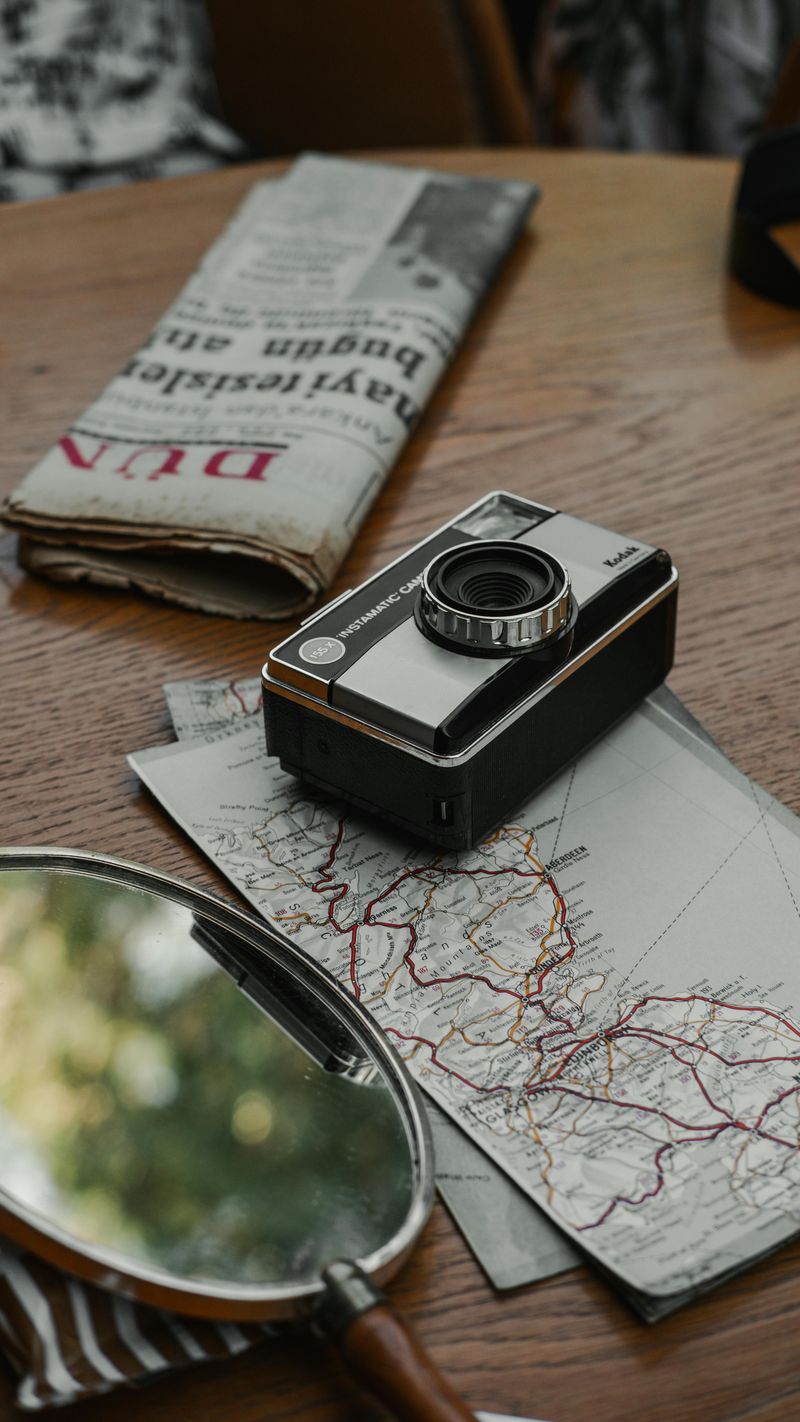
Navigating the world involved more than just entering a location into GPS. Armed with a paper map, you’d plot routes and venture into the unknown. The lack of real-time guidance turned every journey into an adventure, with occasional detours adding to the thrill.
If you lost your way, stopping to ask a local provided a chance for human interaction and a story to share later. This reliance on maps and directions taught spatial awareness and the gift of trusting your instincts on the road.
6. Recording songs off the radio / making mixtapes
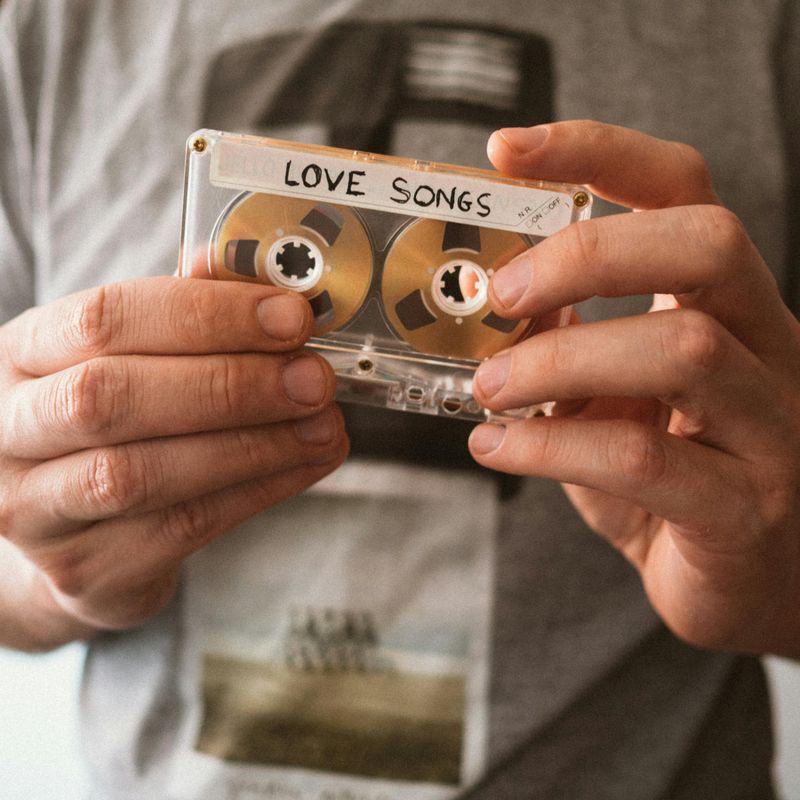
Creating the perfect mixtape was a labor of love. With a finger poised over the record button, you’d wait for your favorite song to play on the radio.
Timing was everything, capturing the start without the DJ’s voice. Decorating the tape’s cover with doodles and labels added a personal touch, turning each mixtape into a unique keepsake.
Listening to these tapes meant enjoying your personally curated playlist, long before digital streaming made music endlessly accessible.
7. Passing folded paper notes in class

Before texting, clandestine communication involved passing notes. These carefully folded messages were full of secrets, jokes, and even doodles.
The thrill lay in the stealth required to pass them without teacher detection. Fragranced with spritzes of perfume or cologne, each note carried a personal touch.
These exchanges were more than just words on paper; they were a way to express individuality and maintain private conversations in shared spaces.
8. Watching what’s on TV when it’s on TV
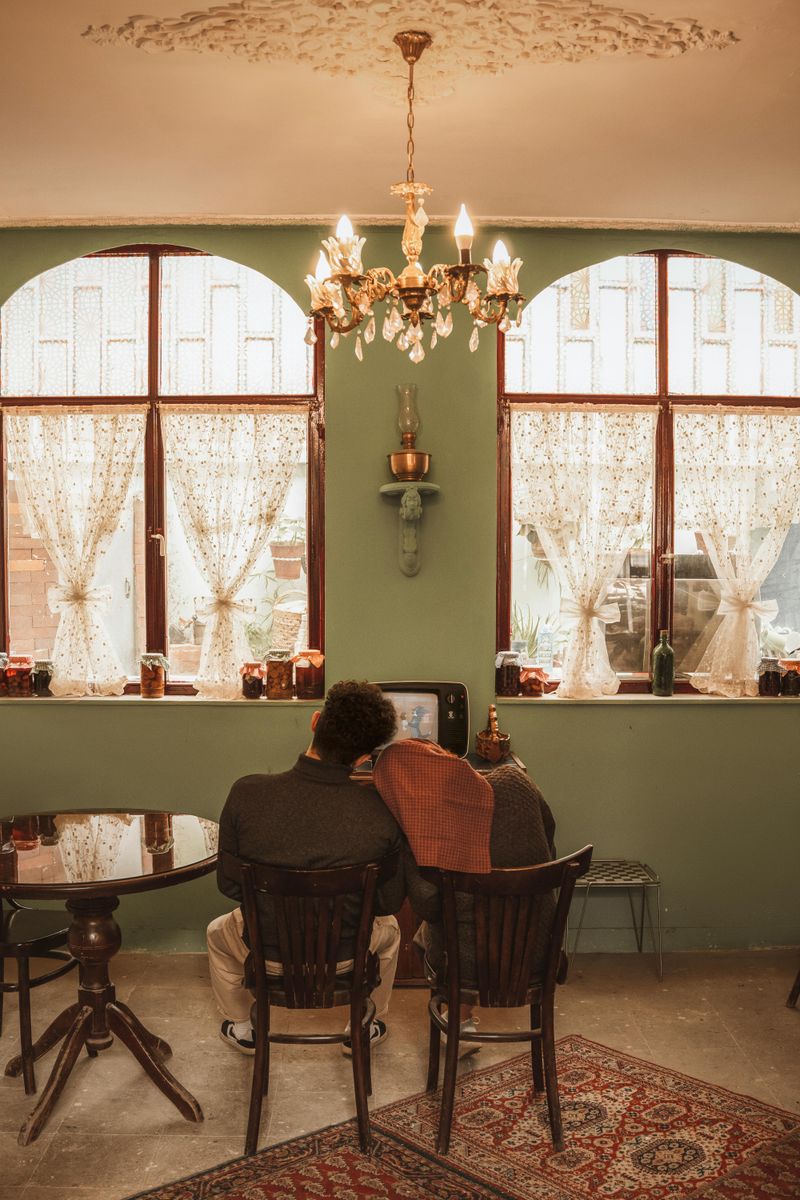
Television viewing was an event. You’d consult the TV guide, plan your evening, and gather around the set at the designated time.
Missing a show meant waiting for a rerun. There was no on-demand option; watching live created a shared experience, often discussed the next day.
This method of viewing taught patience and appreciation for scheduled programming, where anticipation and collective enjoyment reigned.
9. Payphones, or having to find a working public phone

Staying connected away from home often meant finding a payphone. With a pocket full of change, you’d search for the iconic booth.
The challenge was locating one that worked and wasn’t occupied. Calls were brief, cherished moments, limited by the coins you had.
This reliance on payphones taught resourcefulness and the ability to communicate concisely, skills that seem quaint in today’s era of unlimited minutes.
10. No “read receipts” or instant messaging – you actually had to wait

Communication lacked the immediacy we take for granted today. Without read receipts or instant messaging, patience was key.
Sending a message meant hoping for a response, not knowing when it might come. The anticipation was part of the process, fostering more thoughtful communication.
This slower pace of interaction created space for reflection and more meaningful connections, as you’d savor each reply received.
11. Using encyclopedias, library cards, or physical research for homework

Researching homework required more than a quick Google search. You’d head to the library, armed with a card catalog and a list of books.
Encyclopedias were invaluable, providing in-depth insights for curious minds. This hands-on approach demanded effort and critical thinking, skills honed through the tactile exploration of knowledge.
The sensory experience of flipping pages added to the adventure of learning, creating a lasting impression that digital screens can’t replicate.
12. Actual boredom — sitting with nothing to do

Boredom was more than an inconvenience; it was a catalyst for creativity. Without constant digital stimulation, moments of idle time spurred imagination and exploration.
Whether daydreaming or inventing games, downtime allowed for internal growth and resourcefulness. These moments of quiet contemplation fostered a deeper connection with oneself and the surrounding world.
This freedom to be creatively bored built resilience and an appreciation for simplicity that’s often lost in today’s fast-paced world.
13. Creating physical mixtapes, printed photo albums or handwritten letters as keepsakes
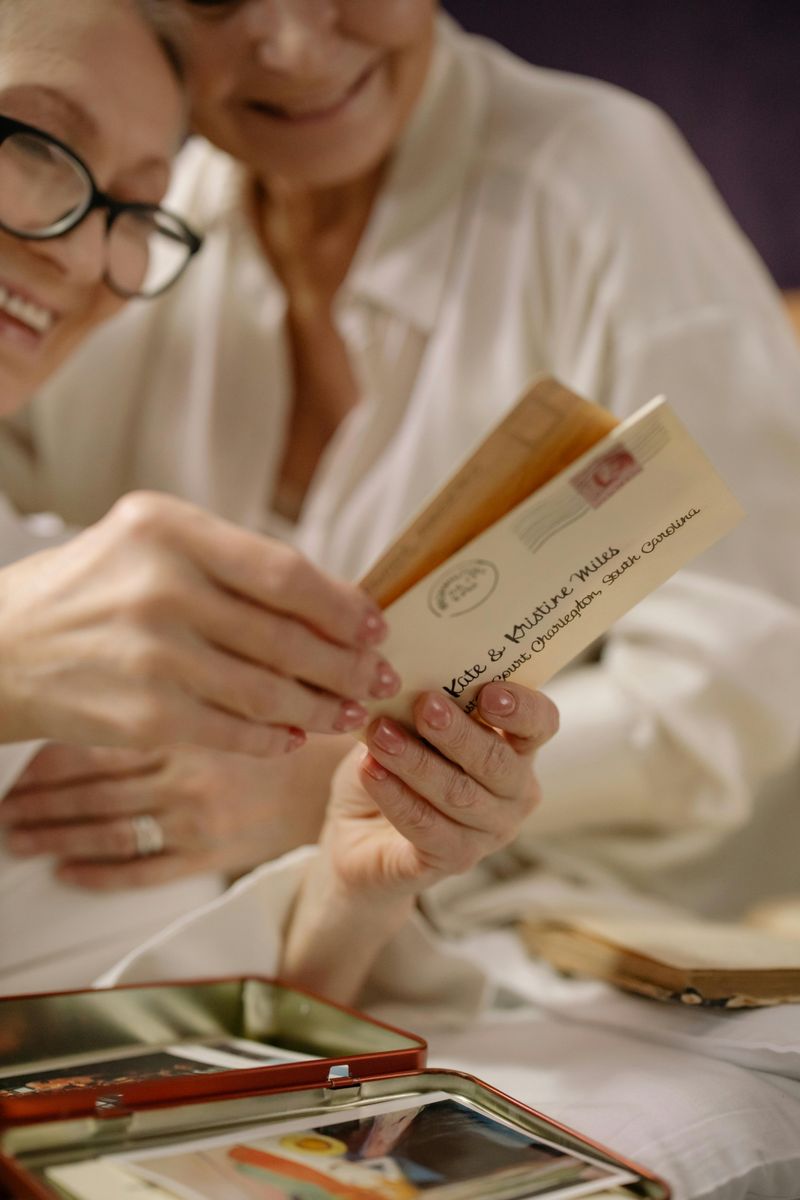
Keepsakes were tangible treasures. From mixtapes to photo albums, these physical mementos captured memories in a way digital files can’t.
Handwritten letters held a personal touch, each curve and loop of ink connecting sender and recipient. Printed photos told stories across pages, carefully arranged to highlight cherished moments.
These keepsakes were more than just items; they were pieces of history, lovingly crafted and preserved, offering a visceral connection to the past.
14. Encountering “busy signals,” dial-up internet sounds, or waiting for connecting tones
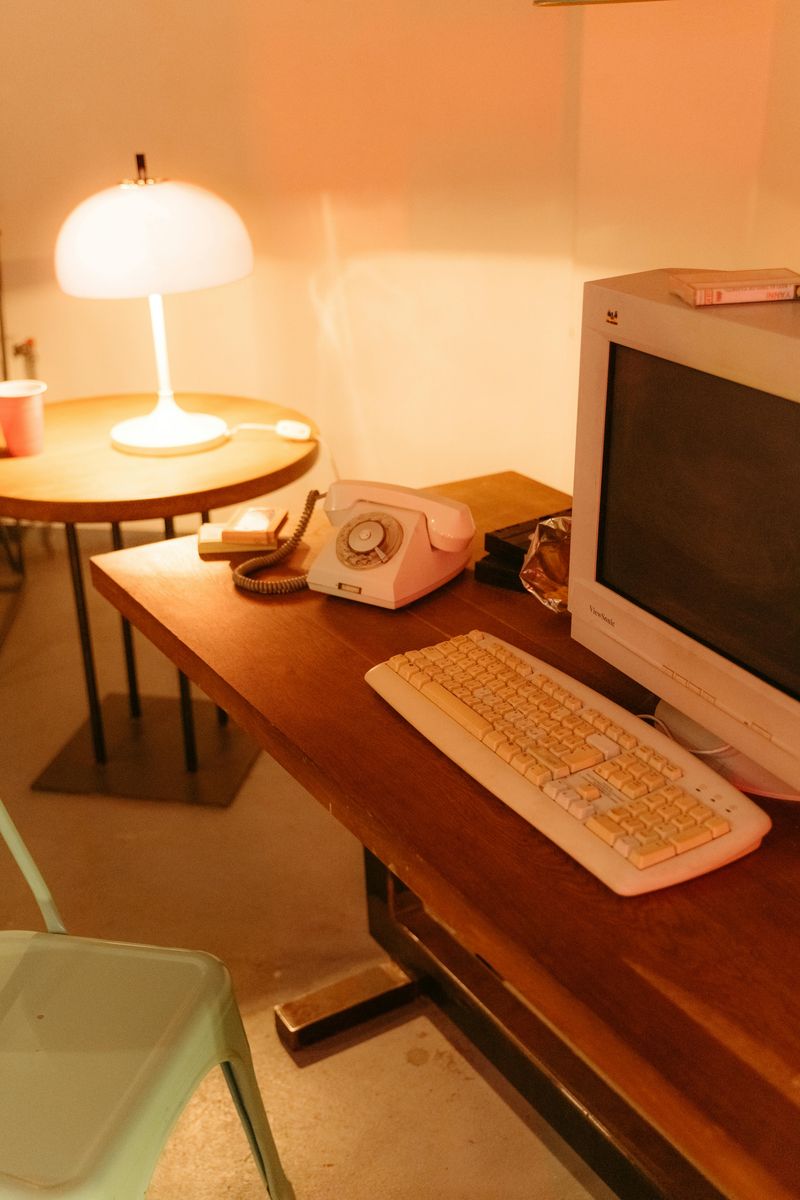
The symphony of dial-up internet was a hallmark of early online experiences. The screeching tones meant connection was imminent, if the line wasn’t busy.
Busy signals were reminders of shared lines and limited connectivity. Each connection was precious, and patience was rewarded with access to the vast web of information.
This technological dance taught persistence and an appreciation for the digital conveniences we now often take for granted.

Comments
Loading…